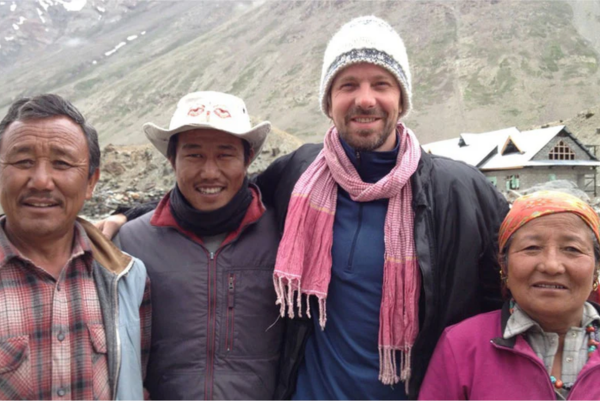
Ethically sourced Shilajit from the Tibetan border
Share
Whether you are currently feeling too hot or not hot enough, it is important for all of us to take care of our health long-term and understand that there is no quick fix to a healthy life. And if we’re talking long-term, then let’s talk Shilajit - the black gummy mineral resin harvested from the High Himalayas that is thousands of years old that contains a wide spectrum of micro minerals, trace elements and naturally occurring Fulvic Acid; it also supports metabolism, immunity, reproductive health, muscle recovery, energy and nutrient absorption and is used as an adaptogen in Ayurvedic medicine.
Identifying Quality Shilajit
As an expensive supplement, it is essential that the Shilajit (also known as mommio) is not contaminated with metals.
Click here to see how you recognise real shilajit
In 2017, having tried and tested many different sources, I started working with Lotus Blooming Herbs to import their Gold Standard Shilajit. Not only is the quality guaranteed, I know we are buying an ethical product.
Here is their story:
Shilajit from the Tibetan Border
"We personally source our Shilajit from a remote Himalayan region of India near the Tibetan border from a high mountain valley that is considered sacred by the indigenous people who live there. Our source is a result of many years of diligent searching as well as years of cultivating trust with the locals. The family we have partnered with are experts in both collection and purification. They have been hand collecting raw Shilajit from this region for centuries and have learned, through ancestral knowledge passed down to each generation Our personal relationships with the local people allows us to make sure that they are paid fairly and that their environment is not disrespected.
Due to the high altitude and short harvesting period, the Shilajit from our source is extremely rare. The raw Shilajit originates at altitudes between 16,000 and 18,000 feet. The environment is pristine and free from pollutants, fertilizers and chemicals. During the summer months, the temperature of the mountains gets warm enough to allow the Himalayan Shilajit to become gooier and more viscous. It can be seen glistening between the cracks in the layers of rock and this is when the local people of the area carefully collect the precious substance by hand."







